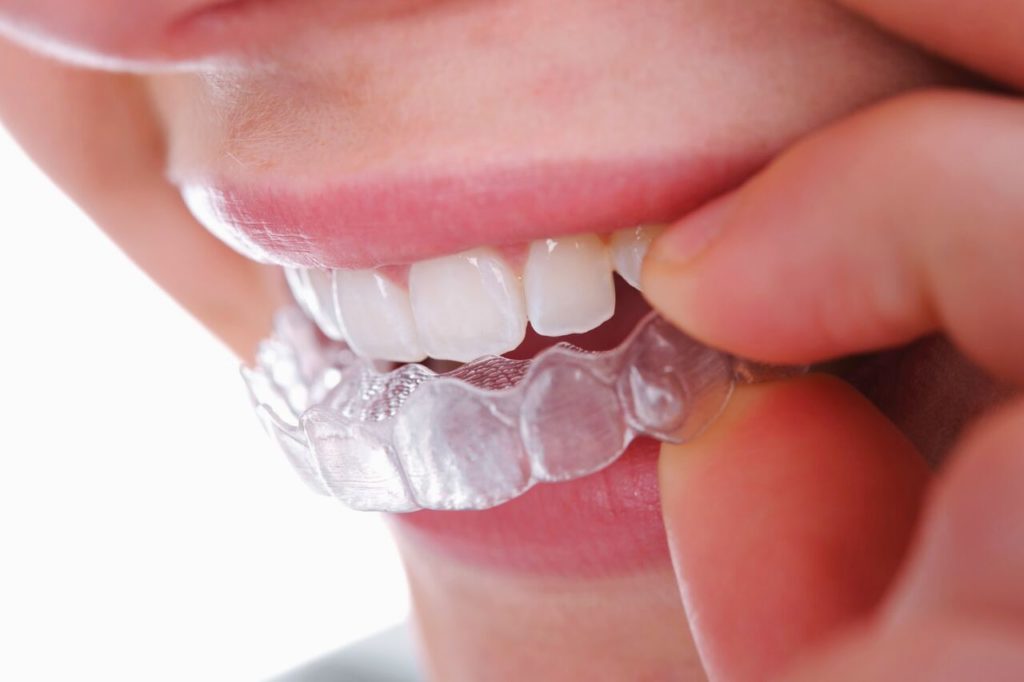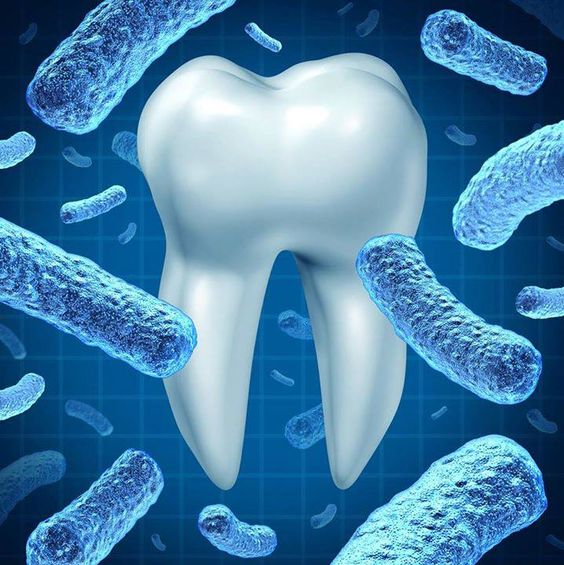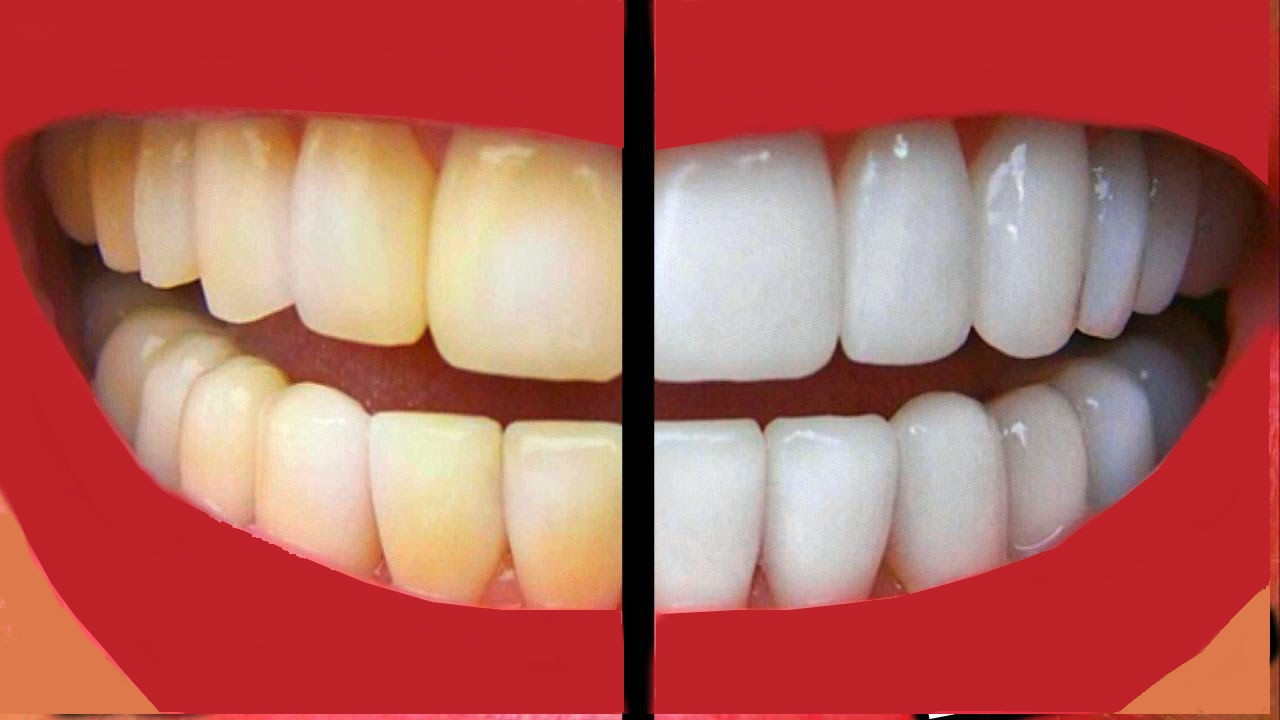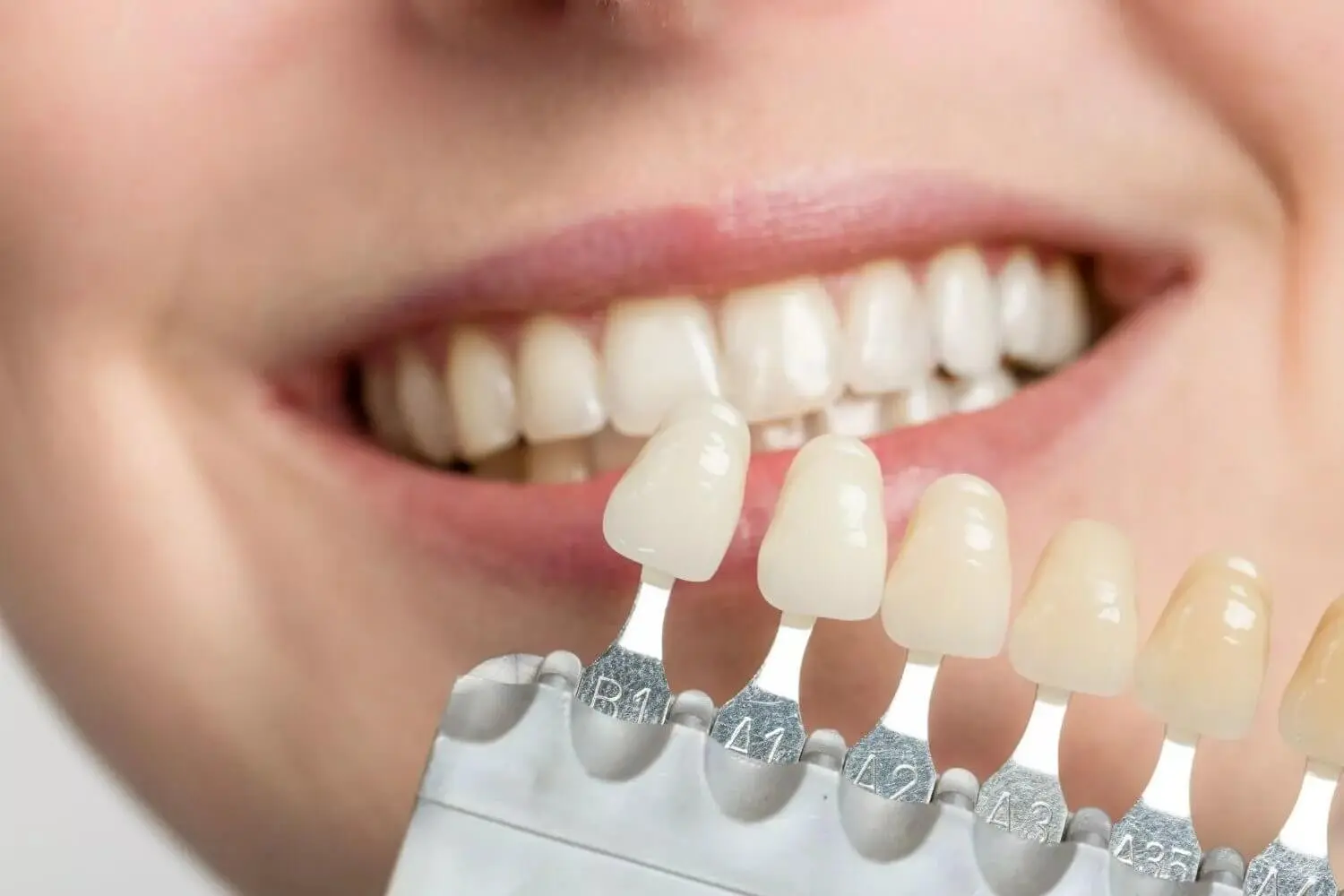Do you have uneven or crooked teeth? Learn about the benefits of dental braces and the benefits you can have by correcting your teeth.
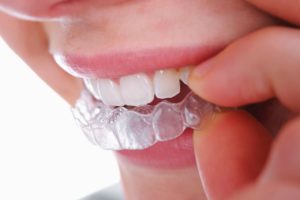
Our teeth may have developed in an uneven way causing structural and aesthetics problems. Structural problems include underbites, overbites, open bites, and deep bites. Aesthetics problems like crooked teeth have adifferent degree of effect on different people. Some people have mild aesthetic issues while some have very prominent issues.
When teeth are not uneven, they do not meet correctly and people have difficulty in biting and chewing. People require additional effort to bite and chew, which puts additional strain on the jaw muscles causing jaw problems and even headache. Dental braces are a very effective way to correct such problems.
How Braces Work
Braces work by applying a continuous pressure on the teeth and underlying bones, usually up to 24 months. This slow but continuous pressure causes the underlying bone to change its shape to accommodate the new position of the teeth. The bone on the one side of the tooth retreats while the bone on the other side grows to accommodate.
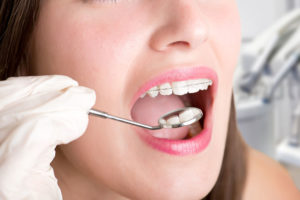
This continuous pressure is applied through brackets and archwires. Dental brackets are glued to the teeth using a special material. The dentist then bends the archwires and attaches it to the glued brackets. Because the wires try to return to their original position, they exert slow but continuous pressure over time. This pressure causes the underlying bone to adjust to the direction of pressure, and the bone breaks down in one area and grows in the opposite area.
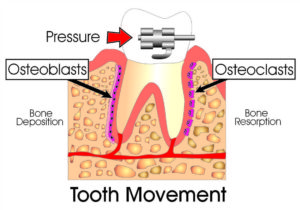
The dentist may change the braces during the treatment period, fine tuning the direction and replacing the old wires with the thick wires for an added pressure. When the teeth have attained their new position, the braces are removed. However, the patient needs to wear retainers to ensure that the teeth do not try to go back to their old position.

Alina Smith is a health blog author with an interest in the intersection of wellness and mental health. She’s worked as a writer, editor, and communications specialist for various healthcare organizations. Alina has also led projects to improve access to care for underserved populations in both rural and urban settings.

